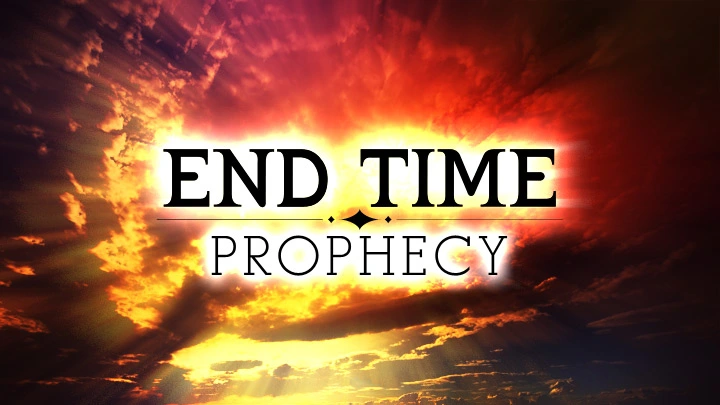For many, the idea of prophecy is one of the greatest mysteries of the Bible. How could ancient texts, written thousands of years ago, speak so accurately about events that would not unfold until centuries later? Skeptics often dismiss prophecy as vague or coincidental, while believers hold onto it as a pillar of faith. In his extraordinary book, The Science Behind the Story of Jesus, John Zachary bridges this divide with groundbreaking research that demonstrates how prophecy stands not only as a matter of faith but also as a matter of evidence.
At the center of Zachary’s work is the scientific validation of biblical timelines. By drawing on NASA’s astronomical data, Babylonian star records, and advanced mathematical calculations, he shows how biblical prophecies align with historical events with astonishing precision. For example, Daniel’s prophecy concerning the decree to rebuild Jerusalem and the eventual destruction of Herod’s Temple is mapped onto a prophetic timeline that reaches fulfillment on exact dates. These aren’t estimates—they are calculations that fall on the 14,000th day, making coincidence virtually impossible.
Zachary’s research also uncovers the powerful connection between Old Testament feasts and New Testament events. He explains how Passover foreshadows the crucifixion, how the Feast of First Fruits aligns with the resurrection, and how Pentecost points to the arrival of the Holy Spirit. These aren’t symbolic coincidences; they are clear, divinely orchestrated patterns that weave the Old and New Testaments together as one seamless narrative.
But what truly elevates Zachary’s work is his ability to address difficult questions with honesty and clarity. Many have struggled with supposed contradictions in the Gospel accounts—different timelines, perspectives, and details that critics argue undermine Scripture. Yet Zachary’s explanation of how Jewish sects followed different calendars resolves these tensions. Rather than finding contradictions, readers discover a richer, more authentic account of events that reflects the diversity of Jewish culture in the first century.
The book is also masterfully structured. Each chapter begins with an executive summary, offering a clear overview for readers who want the main points, while the appendices dive deep into the raw data for those who crave detail. And then, there is the creative thread—“Tourists from the Future”—a fictional narrative woven through the book that places readers in the middle of prophetic events. This unique addition brings the research to life, transforming data into an engaging story.
Ultimately, Zachary’s message is one of confidence. He demonstrates that faith does not require abandoning reason—on the contrary, it is reinforced by it. His findings challenge skeptics, strengthen believers, and inspire seekers to look more deeply into the evidence that God has placed in history.
Final Takeaway: The Science Behind the Story of Jesus is a masterpiece of research and faith. It shows that prophecy is not myth or coincidence, but proof of divine orchestration written into the fabric of time itself. John Zachary’s work is a gift to anyone who has ever wondered if belief in God can stand on solid evidence. The answer, through his research, is a resounding yes.




